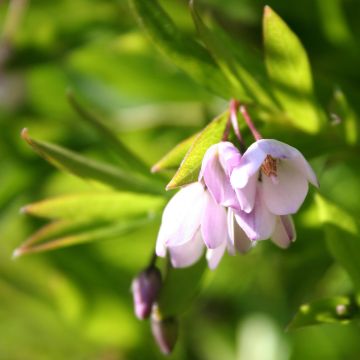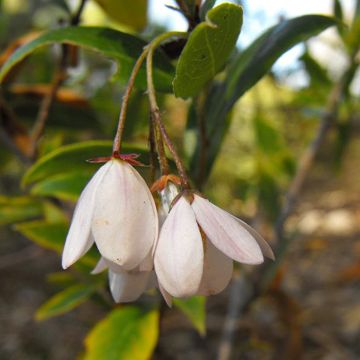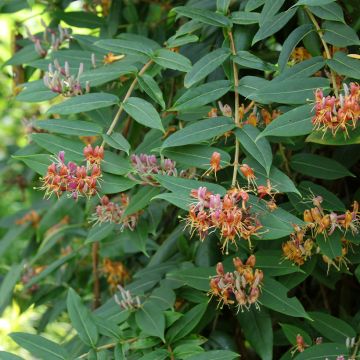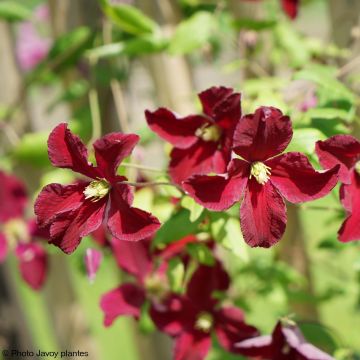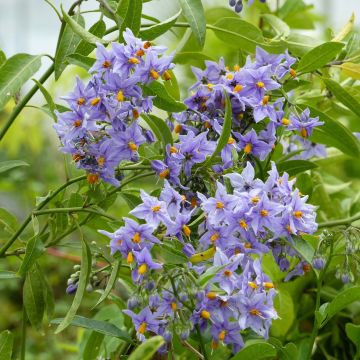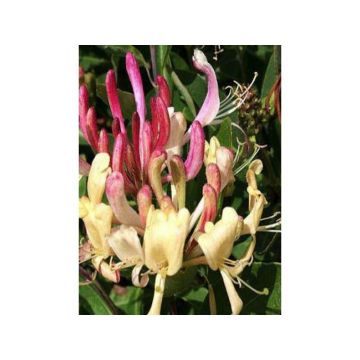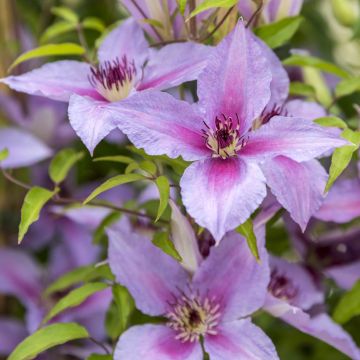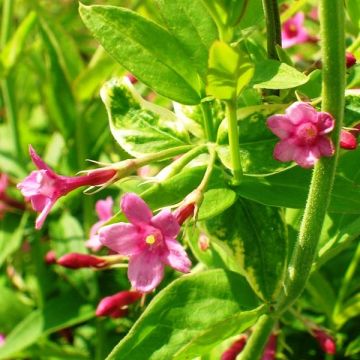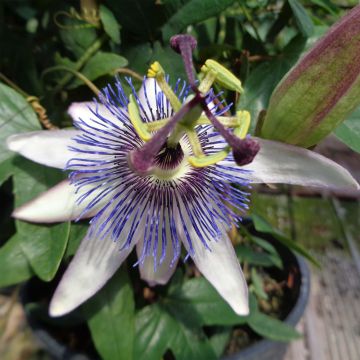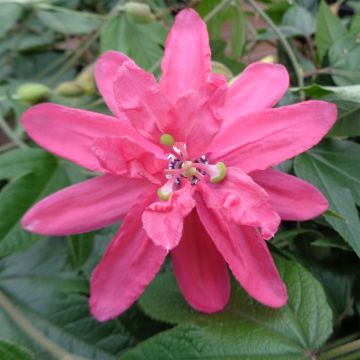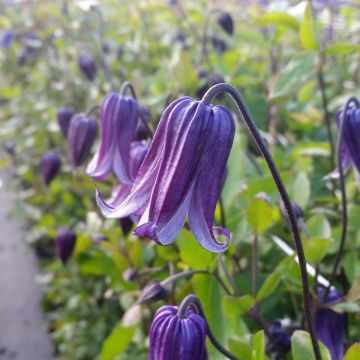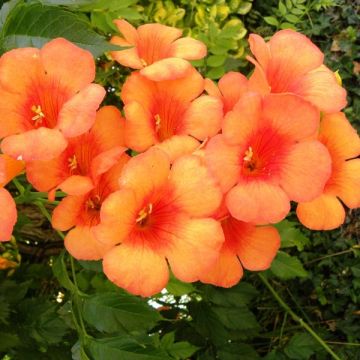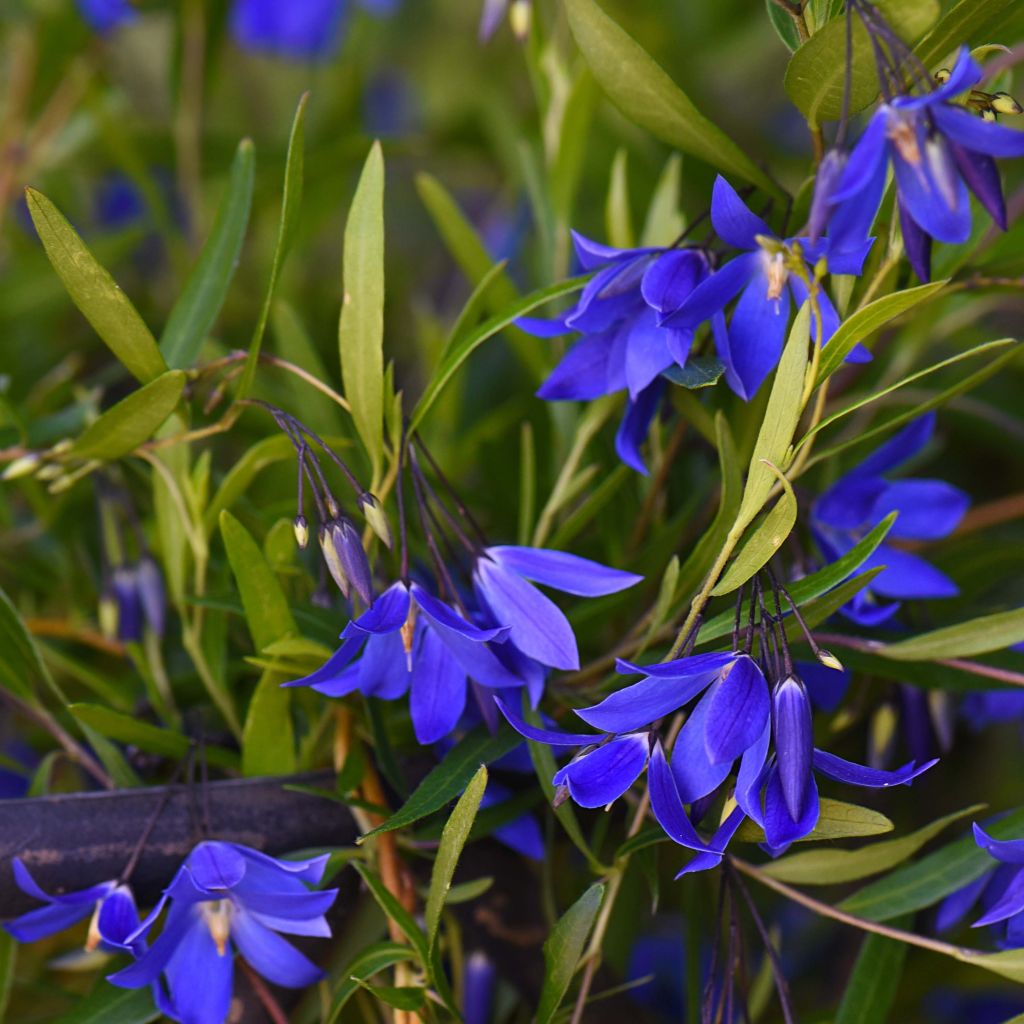

Sollya heterophylla Ultra Blue
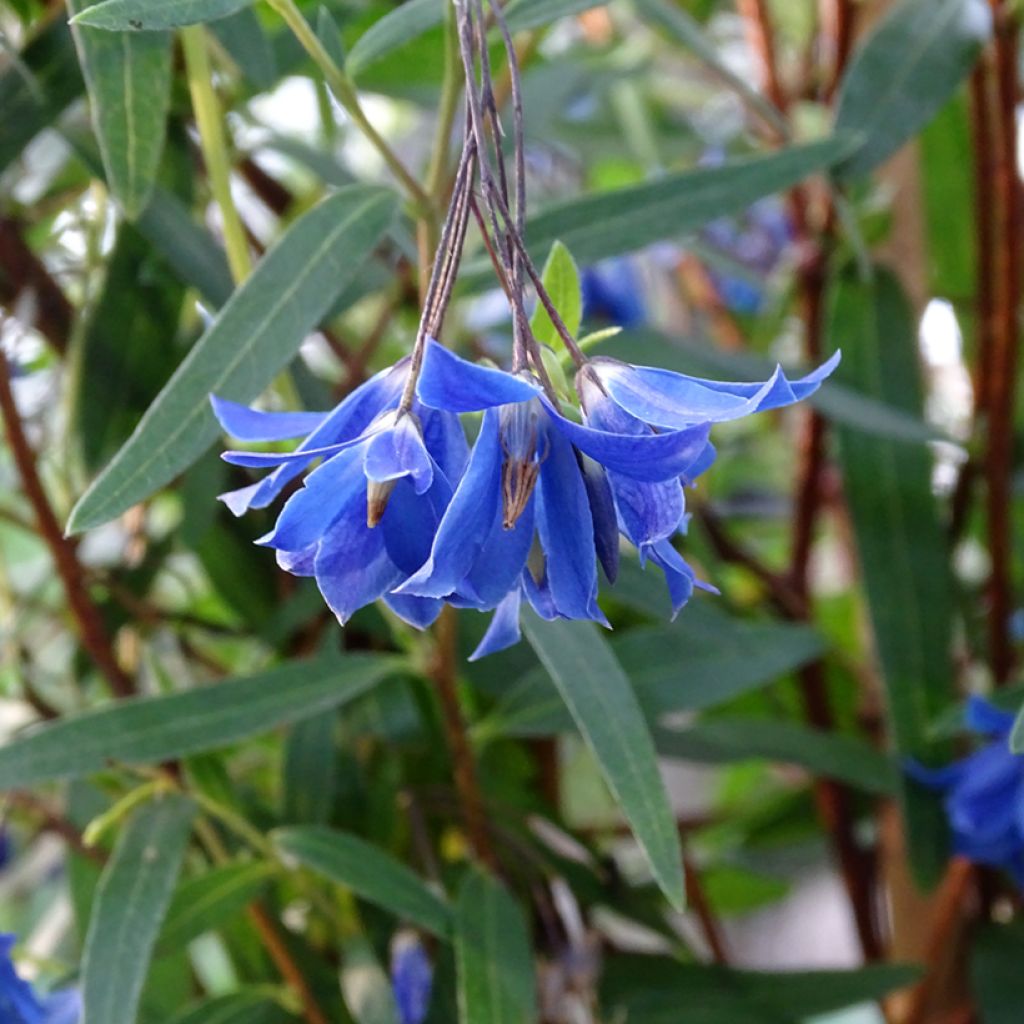

Sollya heterophylla Ultra Blue
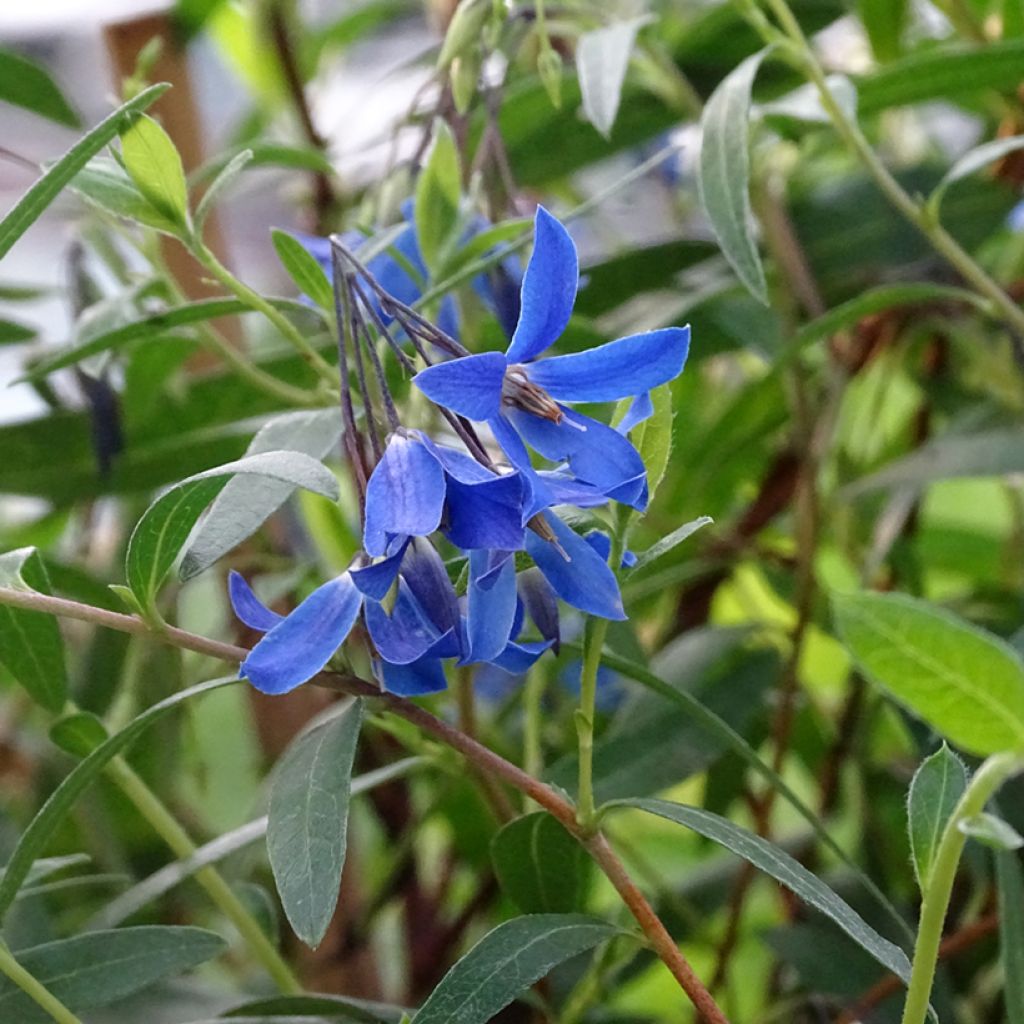

Sollya heterophylla Ultra Blue
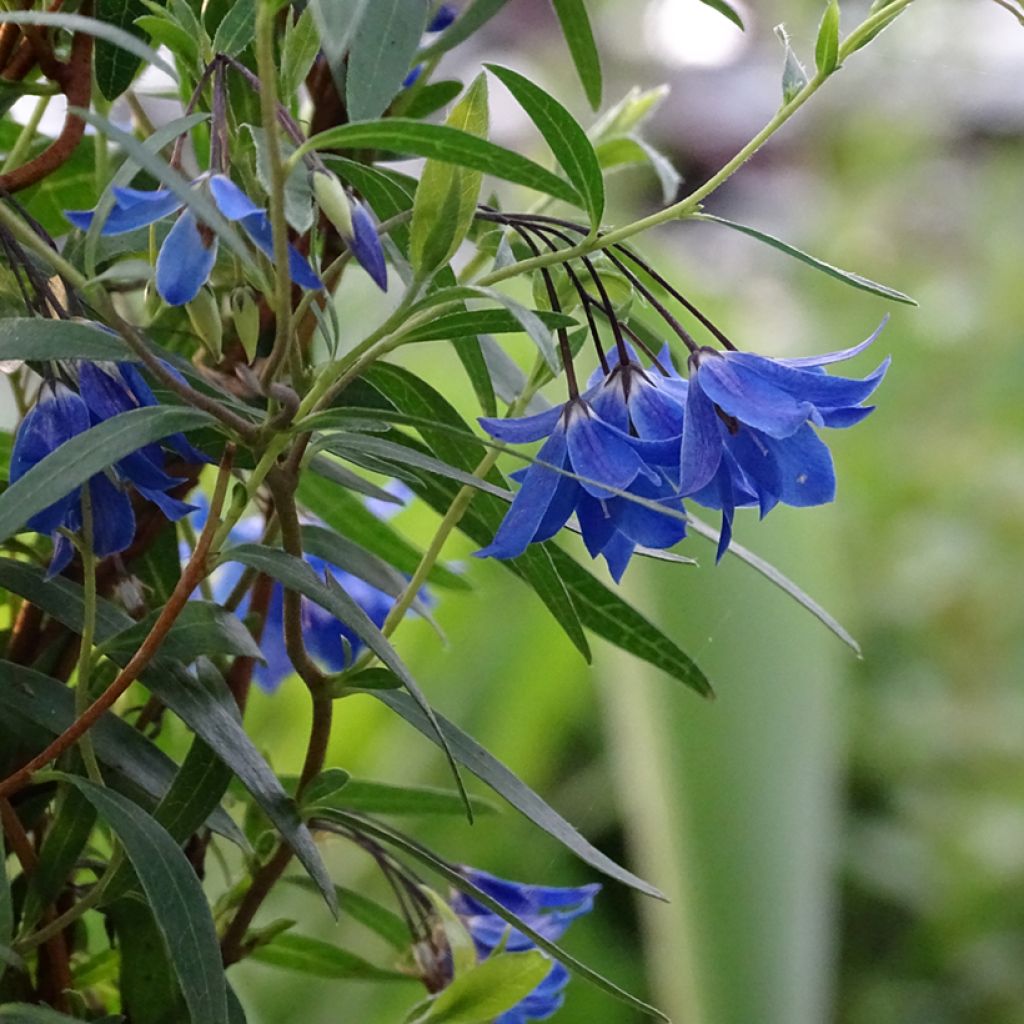

Sollya heterophylla Ultra Blue
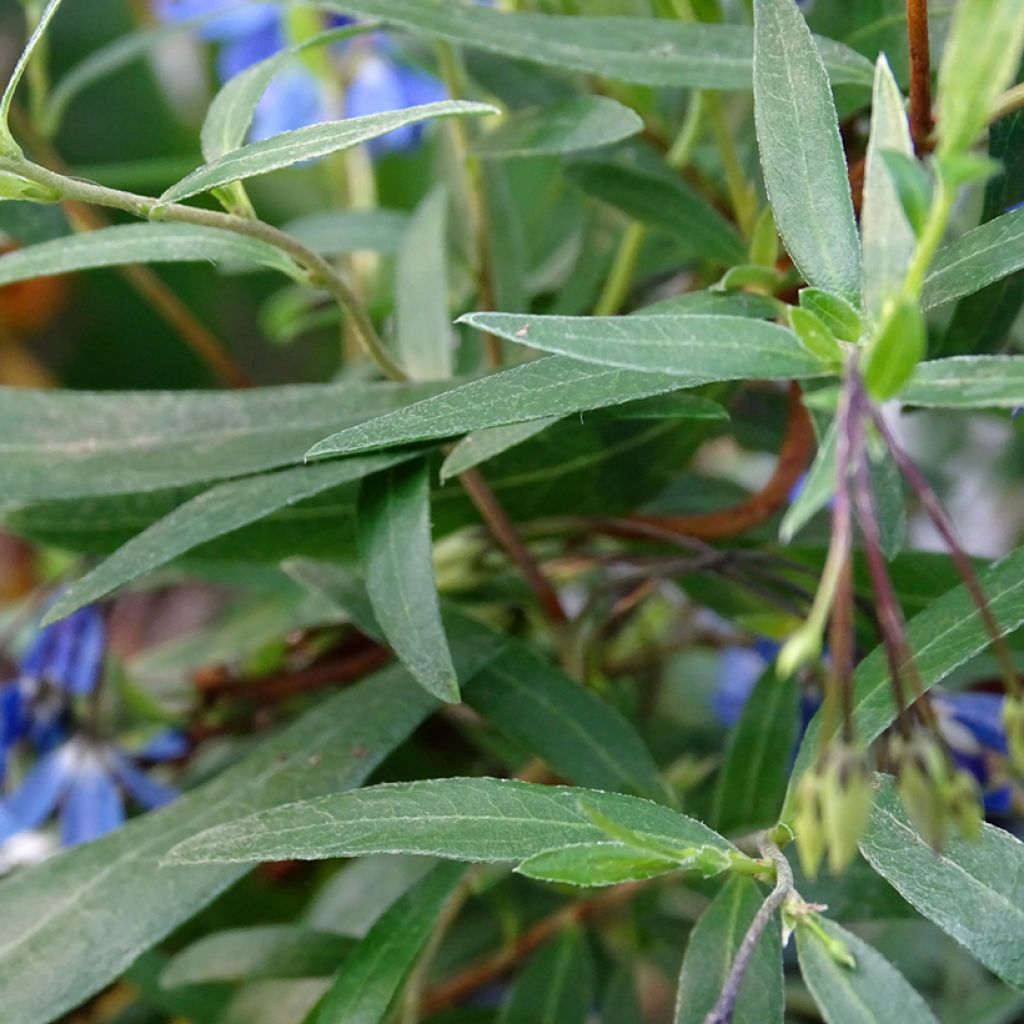

Sollya heterophylla Ultra Blue
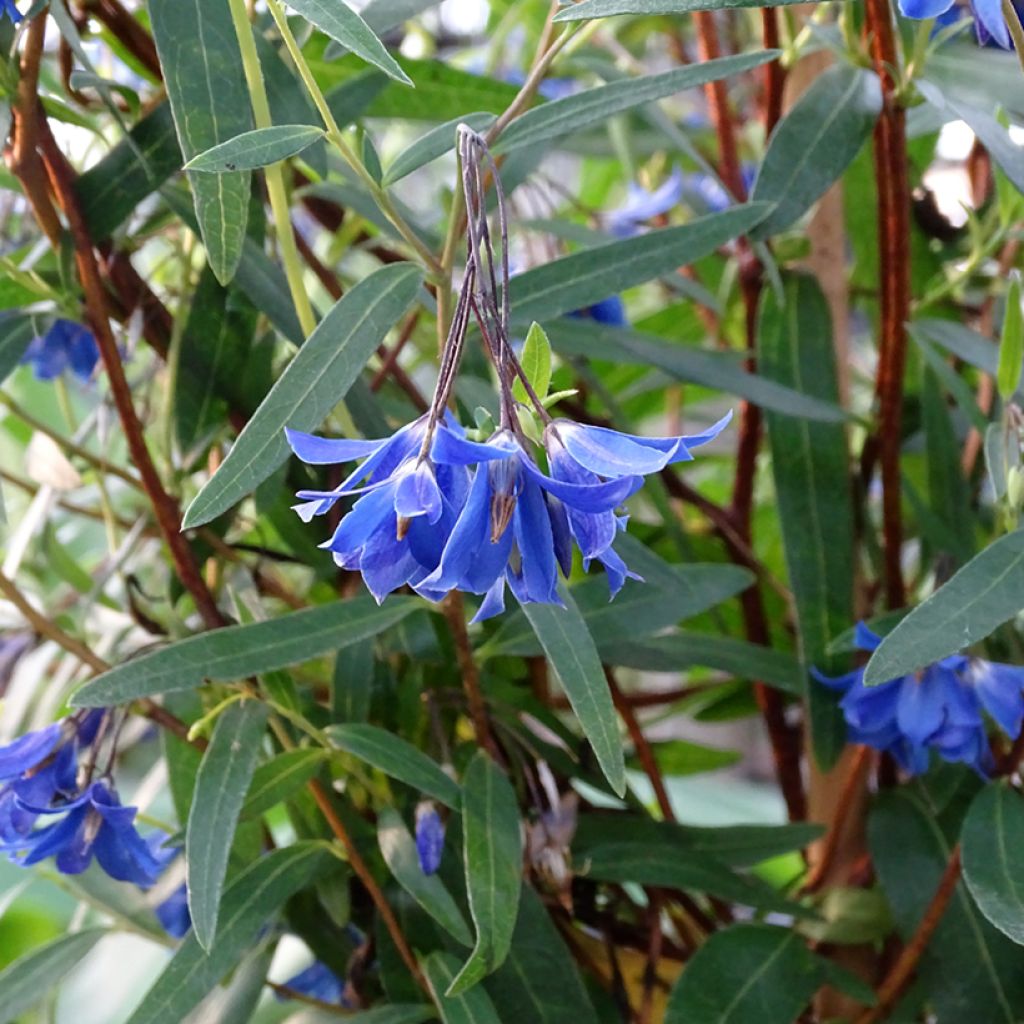

Sollya heterophylla Ultra Blue
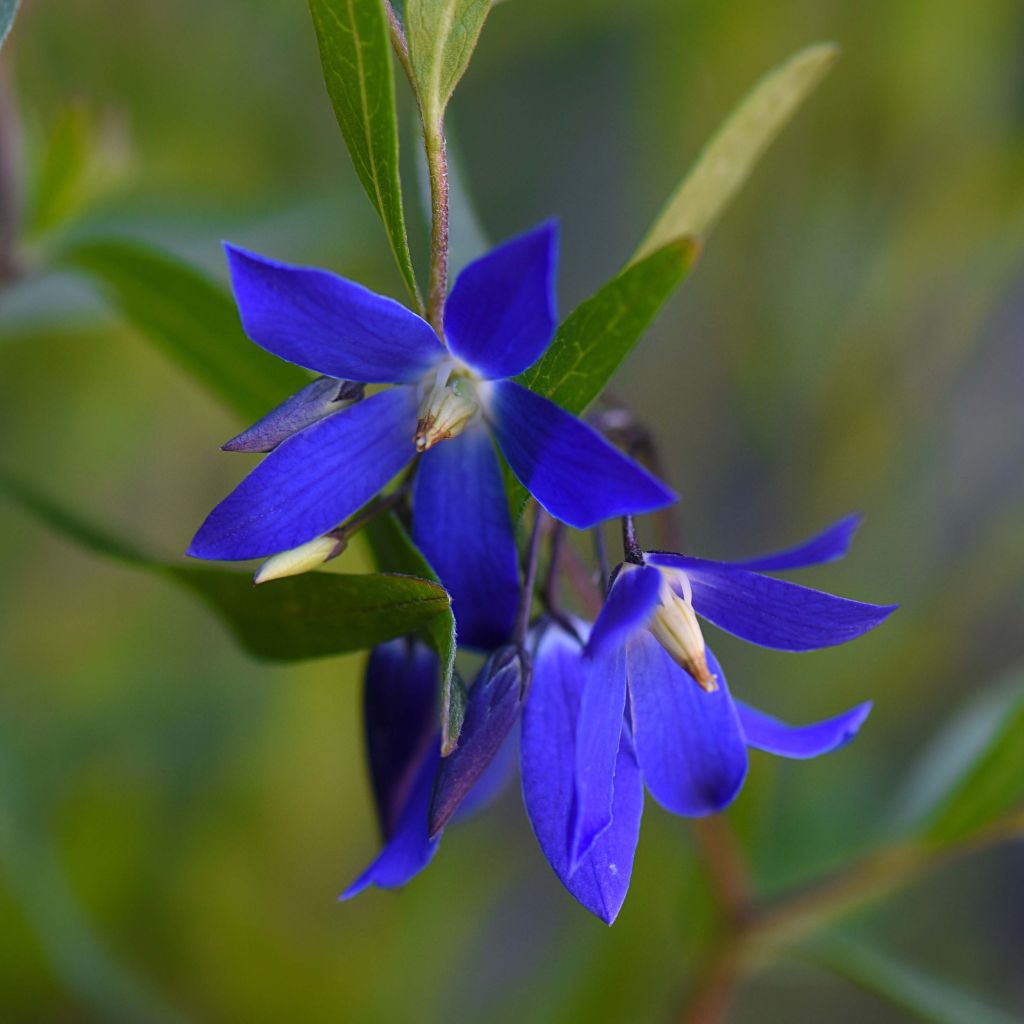

Sollya heterophylla Ultra Blue
Sollya heterophylla Ultra Blue
Sollya heterophylla Ultra Blue
Bluebell Creeper, Australian Bluebell
This plant carries a 6 months recovery warranty
More information
We guarantee the quality of our plants for a full growing cycle, and will replace at our expense any plant that fails to recover under normal climatic and planting conditions.
From €5.90 for pickup delivery and €6.90 for home delivery
Express home delivery from €8.90.
Does this plant fit my garden?
Set up your Plantfit profile →
Description
The Sollya heterophylla 'Ultra Blue', derived from a delightful small evergreen Australian climber, is an interesting selection for its larger and more intense blue flowers, as well as its more ramified habit. As a result, the plant forms a climbing bush with a beautiful density that is adorned throughout the summer with delightful intense blue campanulas. Its cultivation in open ground should be reserved for milder climates: it will send its voluble stems through neighbouring plants, crawl on the ground or gracefully round itself above walls. Easy to grow in any well-drained soil, it will add an exotic touch to any support available, in the garden or on the terrace.
The Sollya heterophylla 'Ultra Blue' is a flexible plant with woody base and herbaceous growth belonging to the pittosporaceae family, just like the Pittosporum to which it bears no resemblance at all. Its parent is native to Western Australia, Tasmania, and the state of Victoria, located in southeastern Australia, and has occasionally naturalised itself on the Côte d'Azur, as it easily self-seeds. It will withstand short periods of frost, down to -5 °C. A fast-growing plant, this climbing, bushy or spreading plant, produces voluble stems that can reach 1.50m (5ft) to 2m (7ft) in our climate, with a spread of 1m (3ft). On its slender stems develops winter evergreen foliage, of medium green colour, shiny, with a light and vivid green underside. Its leaves, 4 to 5 cm (2in) long, are entire, narrow, ovate or lanceolate in shape, with a pointed tip. The flowering of Sollya 'Ultra Blue' takes place from June to September, or from July to October depending on the climate. It takes the form of campanulate flowers, 2 to 3 cm (1in) long, composed of 5 petals of ultramarine blue colour. They are gathered in somewhat loose clusters, called cymes, in groups of 4 to 8 and are followed by the formation of ripe blue berries, edible, 2 to 3 cm (1in) long. The seeds germinate easily in light soil.
The Sollya heterophylla 'Ultra Blue' is an original, exotic plant, but undemanding and easy to grow in mild climates or by the sea. In the garden, it will be appreciated for its exuberance, graceful vegetation, beautiful foliage, and long-lasting flowering that blends with the foliage and flowers of its neighbors. It adapts to all soils that are not too dry and requires very little maintenance, only fearing severe frosts. In open ground, when not guided on a support, it can form a beautiful bushy mass above a wall or near the terrace. The 'Ultra Blue' cultivar will naturally blend with the typical species whose small bells are a celestial blue, or with the 'Alba' form, with pure white flowers. It can be associated with climbing asarinas, with Egyptian bean (Dolichos, Lablab purpurea), with perennial and annual sweet peas, or with morning glories, all these plants will quickly decorate a small trellis or an arch. It also grows very well in a large pot, which can be stored in the veranda or greenhouse during winter.
Sollya heterophylla Ultra Blue in pictures
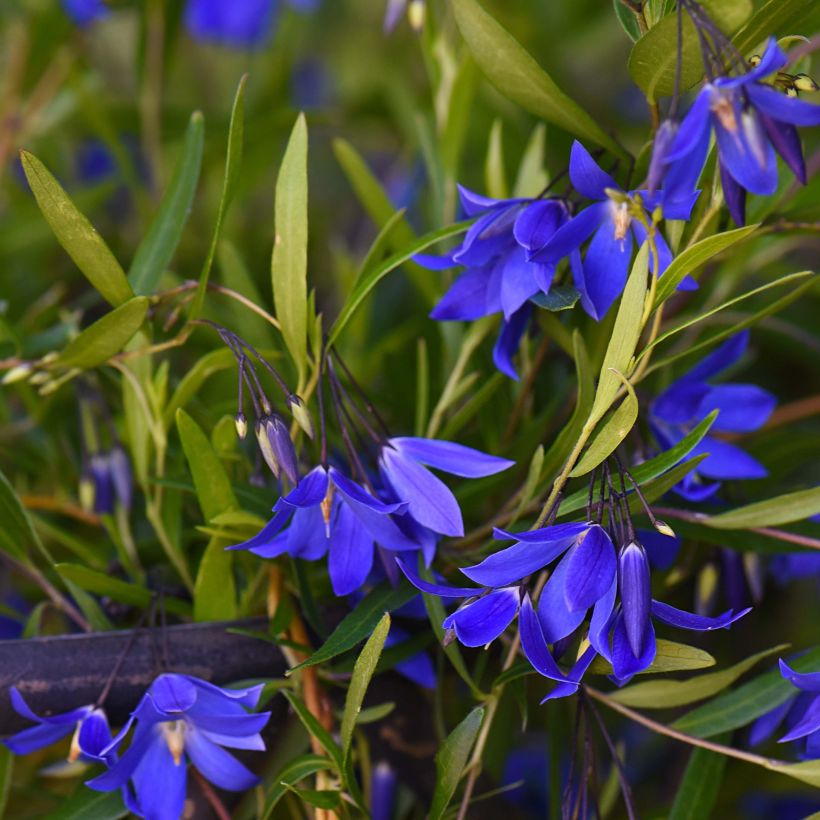

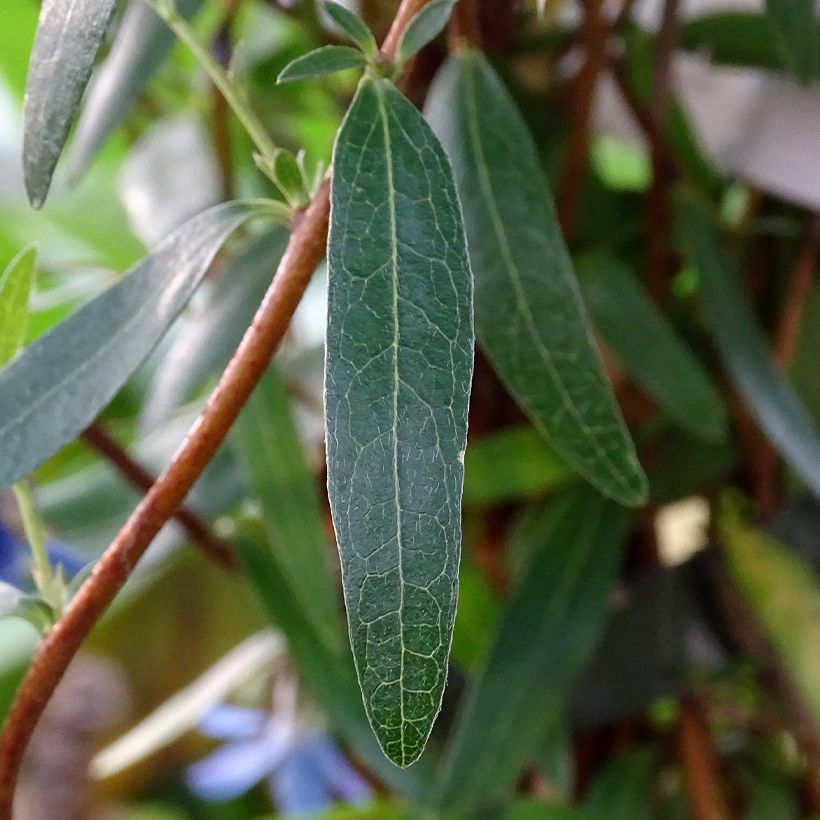

Plant habit
Flowering
Foliage
Botanical data
Sollya
heterophylla
Ultra Blue
Pittosporaceae
Bluebell Creeper, Australian Bluebell
Australia
Other Sollya heterophylla
Planting and care
Plant your 'Ultra Blue' Sollya heterophylla as soon as the risk of frost has passed, in a pot or in open ground in a sunny or semi-shaded position (in the south) and in ordinary, but well-drained and loosened soil. The plant (specifically its stump) tolerates temperatures as low as -7 °C if the soil is dry, but the foliage is destroyed from -2 °C. Work the soil to a depth of 30cm to facilitate rooting. This plant occasionally withstands sea spray and tolerates wind. Water regularly in the first few years, especially in summer during prolonged drought (in hot and dry climates), and apply slow-release fertiliser once a year in spring. A well-established plant tolerates drought fairly well in deep soil, but will still require occasional watering in summer. It can be grown perfectly well in a deep pot (30 to 40 cm (12 to 16in)). In this case, it will receive regular watering, as well as fertiliser every two weeks. Bring it indoors to protect it from severe frost, in a cool and bright location.
Planting period
Intended location
Care
-
, onOrder confirmed
Reply from on Promesse de fleurs
Summer flowering climbers
Haven't found what you were looking for?
Hardiness is the lowest winter temperature a plant can endure without suffering serious damage or even dying. However, hardiness is affected by location (a sheltered area, such as a patio), protection (winter cover) and soil type (hardiness is improved by well-drained soil).

Photo Sharing Terms & Conditions
In order to encourage gardeners to interact and share their experiences, Promesse de fleurs offers various media enabling content to be uploaded onto its Site - in particular via the ‘Photo sharing’ module.
The User agrees to refrain from:
- Posting any content that is illegal, prejudicial, insulting, racist, inciteful to hatred, revisionist, contrary to public decency, that infringes on privacy or on the privacy rights of third parties, in particular the publicity rights of persons and goods, intellectual property rights, or the right to privacy.
- Submitting content on behalf of a third party;
- Impersonate the identity of a third party and/or publish any personal information about a third party;
In general, the User undertakes to refrain from any unethical behaviour.
All Content (in particular text, comments, files, images, photos, videos, creative works, etc.), which may be subject to property or intellectual property rights, image or other private rights, shall remain the property of the User, subject to the limited rights granted by the terms of the licence granted by Promesse de fleurs as stated below. Users are at liberty to publish or not to publish such Content on the Site, notably via the ‘Photo Sharing’ facility, and accept that this Content shall be made public and freely accessible, notably on the Internet.
Users further acknowledge, undertake to have ,and guarantee that they hold all necessary rights and permissions to publish such material on the Site, in particular with regard to the legislation in force pertaining to any privacy, property, intellectual property, image, or contractual rights, or rights of any other nature. By publishing such Content on the Site, Users acknowledge accepting full liability as publishers of the Content within the meaning of the law, and grant Promesse de fleurs, free of charge, an inclusive, worldwide licence for the said Content for the entire duration of its publication, including all reproduction, representation, up/downloading, displaying, performing, transmission, and storage rights.
Users also grant permission for their name to be linked to the Content and accept that this link may not always be made available.
By engaging in posting material, Users consent to their Content becoming automatically accessible on the Internet, in particular on other sites and/or blogs and/or web pages of the Promesse de fleurs site, including in particular social pages and the Promesse de fleurs catalogue.
Users may secure the removal of entrusted content free of charge by issuing a simple request via our contact form.

































